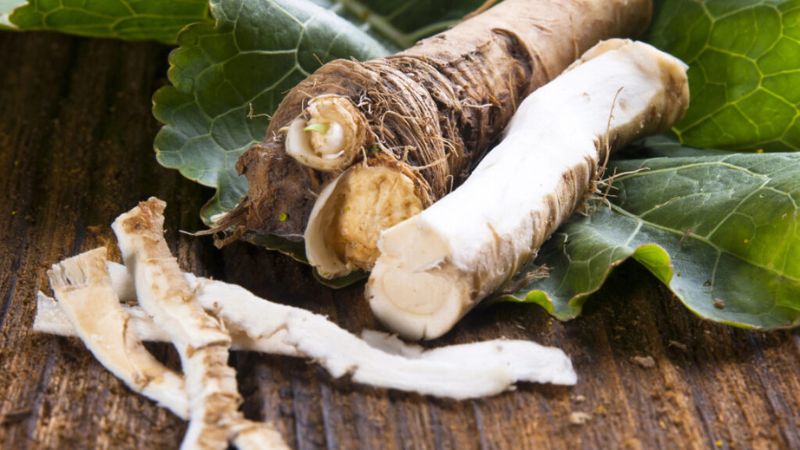Perennial vegetables are a gardener’s best friend. Unlike annuals that need to be replanted each year, perennial vegetables return season after season with minimal maintenance. These crops not only save time and effort but also offer a sustainable source of fresh produce. Whether you are a seasoned gardener or just starting, incorporating perennials into your garden can be a game-changer. In this blog, we’ll explore seven perennial vegetables that you can plant once and enjoy for years to come. Let’s dive into the wonderful world of these long-lasting, productive plants.
1. Asparagus
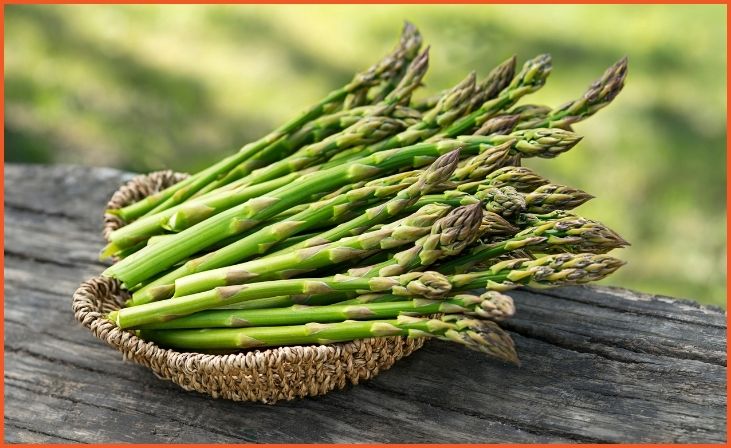
Asparagus is one of the most popular perennial vegetables and for good reason. This hardy plant can thrive in a variety of climates and, once established, can provide a bountiful harvest for up to 20 years. Asparagus plants take about two to three years to fully mature, but the wait is worth it. In early spring, the tender shoots emerge from the soil, signaling the start of the harvest season. Asparagus requires full sun and well-drained soil to flourish. To maintain a healthy crop, it’s essential to cut back the ferns in the fall and allow the plant to rest over the winter months.
2. Rhubarb

Rhubarb is another perennial favorite that is often associated with pies and desserts. This plant is grown for its tart, flavorful stalks, which are harvested in the spring. Rhubarb prefers cooler climates and thrives in well-drained soil with plenty of organic matter. Once planted, rhubarb can produce for over a decade. It’s important to note that only the stalks of the rhubarb plant are edible; the leaves contain oxalic acid and are toxic. To keep your rhubarb healthy, remove any flower stalks that appear, as these can sap the plant’s energy and reduce the quality of the harvest.
3. Artichoke
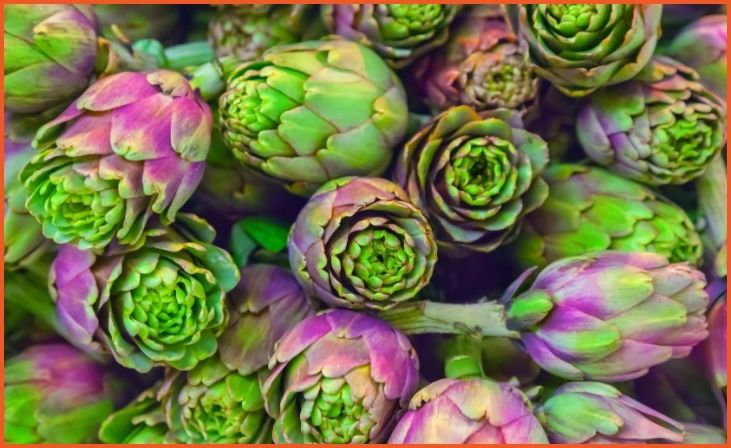
Artichokes are a unique perennial vegetable that adds both beauty and productivity to the garden. These plants feature large, silver-green leaves and striking flower buds, which are the edible part of the plant. Artichokes thrive in mild climates with plenty of sun and well-drained soil. While they may take a year or two to establish, once they do, they can produce for up to five years. Regular pruning and division every few years will help maintain the plant’s vigor. Artichokes not only provide a delicious harvest but also act as a natural pest deterrent, making them a valuable addition to any garden.
4. Jerusalem Artichoke
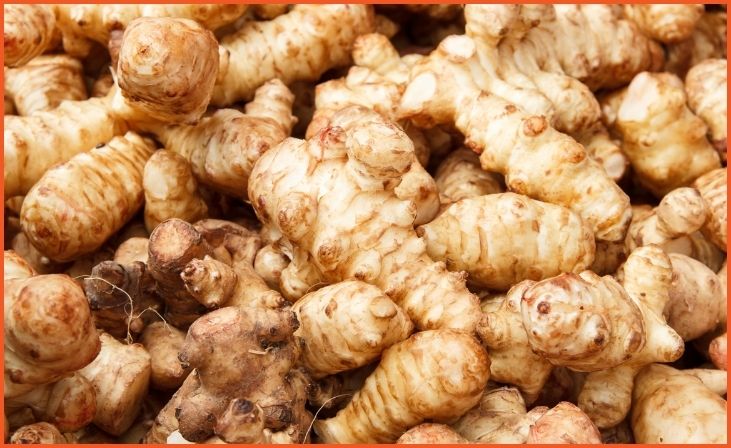
Despite its name, the Jerusalem artichoke is not related to the globe artichoke. Also known as sunchoke, this perennial vegetable is actually a type of sunflower. Jerusalem artichokes are grown for their edible tubers, which have a nutty flavor and can be used in a variety of dishes. These plants are incredibly hardy and can tolerate a wide range of soil conditions. Once established, they can spread rapidly, so it’s essential to monitor their growth. Harvesting usually occurs in the fall, after the first frost, which enhances the sweetness of the tubers. Jerusalem artichokes can continue to produce for many years with minimal care.
5. Sorrel
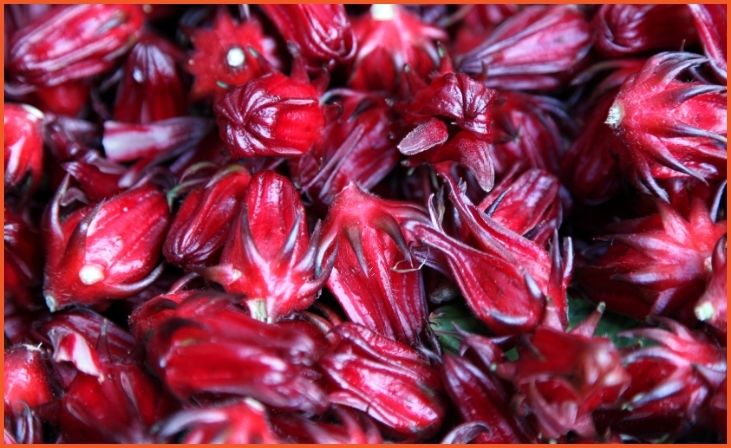
Sorrel is a lesser-known perennial vegetable that deserves a spot in any garden. This leafy green has a sharp, tangy flavor that adds a unique twist to salads, soups, and sauces. Sorrel is easy to grow and thrives in full sun or partial shade, making it versatile for different garden settings. The plant is cold-hardy and can survive in a variety of soil types. Once established, sorrel can be harvested multiple times throughout the growing season. Regular cutting back encourages new growth, ensuring a continuous supply of fresh leaves. Sorrel’s long lifespan and low maintenance make it a valuable addition to any perennial garden.
6. Horseradish
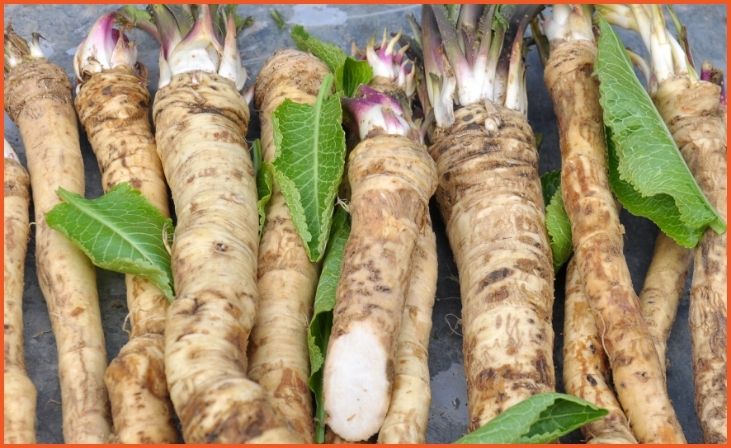
Horseradish is a robust perennial that is grown for its pungent roots, which are commonly used to make a spicy condiment. This plant is incredibly easy to grow and can thrive in a range of soil conditions, although it prefers rich, well-drained soil. Horseradish is best planted in a dedicated area as it can become invasive, spreading rapidly if not controlled. Once established, the roots can be harvested in the fall. After digging up the roots, leaving a few pieces in the ground will ensure the plant continues to grow back year after year. Horseradish is not only a flavorful addition to the kitchen but also boasts various health benefits.
7. Walking Onion
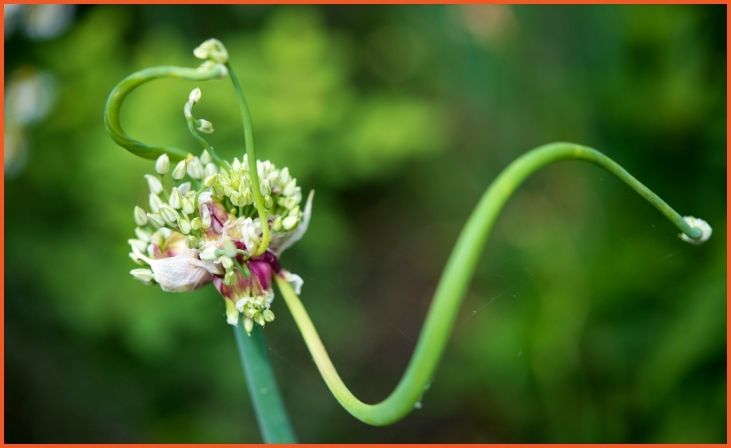
The walking onion, also known as the Egyptian walking onion, is a fascinating perennial vegetable that reproduces in a unique way. Instead of traditional seeds, walking onions produce small bulbs at the top of their stalks. As these bulbs grow heavy, they cause the stalks to bend, eventually touching the ground and taking root. This “walking” behavior allows the plant to spread and establish new colonies. Walking onions are hardy and can tolerate a variety of growing conditions. They can be harvested throughout the year, providing a constant supply of flavorful green tops and bulbs for cooking. This low-maintenance plant is a great choice for any perennial vegetable garden.
Conclusion
Incorporating perennial vegetables into your garden is a smart choice for anyone looking to enjoy fresh, homegrown produce with less effort year after year. These seven perennial vegetables—Asparagus, Rhubarb, Artichoke, Jerusalem Artichoke, Sorrel, Horseradish, and Walking Onion—offer a range of flavors and uses that can enhance your culinary experiences while providing sustainable food sources. By choosing plants that are well-suited to your climate and soil conditions, you can create a productive and low-maintenance garden that thrives for many years. Happy gardening!

